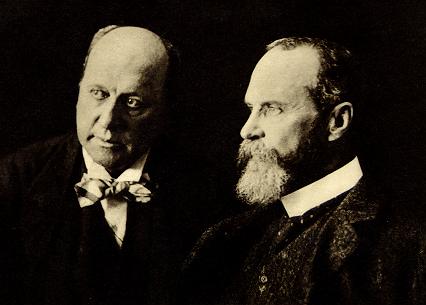"Stress tests under stress
David Wessel has an interesting idea today: while the bank stress tests were a good idea at the time they were announced, in February, a lot has changed since then, and none of it in a good way. Most obviously, the tests’ worst-case scenario is now looking more like a base-case scenario, making the tests less credible. What’s more, the very announcement of the stress tests’ existence caused all manner of confusion and second-guessing in the markets, none of which was helpful. And most profoundly, Congress passed executive-compensation rules which mean that no banks have any interest in accepting government funds should they be found to have insufficient capital.
For me, the fact that all these things managed to happen so quickly after the stress tests were announced is an indication that the stress tests probably weren’t such a good idea in February after all. But never mind that: as Wessel says, “Treasury has to deal with the world as it is, not as it hoped it would be”. And that means being extremely transparent about both the tests themselves and their results.
Near the beginning of the crisis, in the early months of 2008, it was still possible for Treasury to attempt a “trust us, we know what we’re doing” approach to bank regulation. That won’t fly any more. Treasury has to internalize the show-don’t-tell rule which is commonly hammered into journalists. Because no, we don’t trust them to know what they’re doing. Especially when the official org chart still looks like this."
In the unfolding of this crisis, we’ve reinvented the wheel so many times that we could start a tire store. Everything keeps returning to late September and early October. This change of optics with the “stress test” is a rerun of the change of optics with the “stigma problem”.
The stigma problem was originally solved by a plan to hide, shelter, if you will, the banks needing help from TARP, by forcing healthy banks to participate with the unhealthy banks. A kind of “What’s My Line ( Solvency )? show.
Then, when TARP looked to be a pretty good deal for banks, the stigma became attached to the banks that didn’t join, since, reasonably enough, only banks that couldn’t meet the criteria for joining TARP ( now a badge of honor )would not want some of this government largess.
The stigma problem also came up with the IMF’s CCL program.
In the case of the stigma problem, one could argue that the problem was caused by a change in the plan known as TARP. Maybe changing the name, then, would have been a wise move and averted confusion.
With CAP, the change in optics is even stranger. As I read CAP, the set of CAP participants was supposed to be a kind of badge of honor, since participation was to assure the various bank’s solvency, whatever their initial situation was. Case closed. Solvent banks, guaranteed by the US Government.
In my mind, CAP was very easy to understand. If anything, there was less than met the eye. It was mainly a heuristic document. Pure peshat. Somehow, maybe because of the name “stress test”, people seemed to believe that the insolvent banks were going to be named, and a scarlet “I” added to their name (s). Now, this seems to go against the reasoning of CAP. When this new reading became the main reading, the banks that were solvent started trying to demonstrate that, if there was a problem, it didn’t rest on them. Again, this seems to violate the spirit of CAP.
In this case, there was no change of plan by the government. Instead, their plan was changed by popular perception.
There is one big problem for the taxpayer though, and that is that we are shareholders in some of these banks. If we tell investors that they are hurting, won’t that make it harder for these banks to sell assets, thereby hurting our investment? What exactly are our interests in this matter?
- Posted by Don the libertarian Democrat






































No comments:
Post a Comment